If you’re wondering what to do for Late Winter – Early Spring lawn care, we have all the information you need with other resources provided in this article.
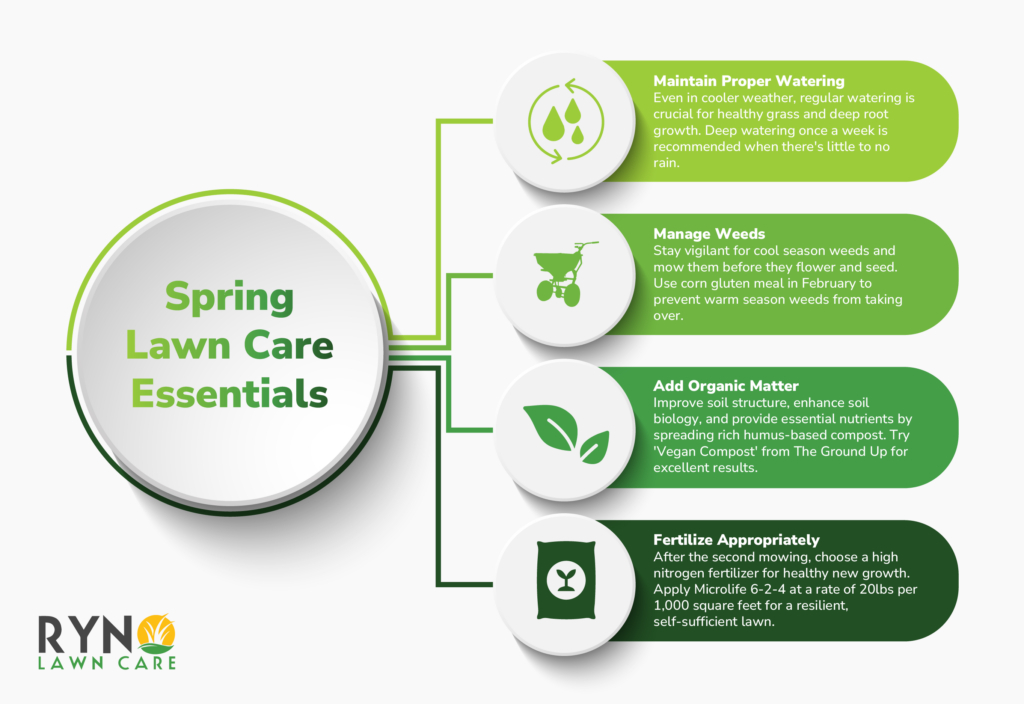
Complete Spring Lawn Care Guide
Rake and Remove Debris
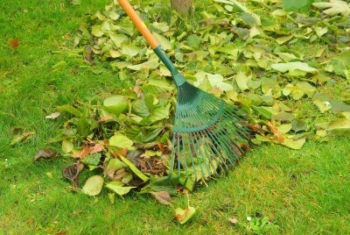
Late winter is the perfect time to remove any fallen leaves, twigs, or debris that may have accumulated on your lawn.
Raking helps improve air circulation and prevents diseases from spreading.
By clearing away debris, you create an ideal environment for new grass growth as temperatures rise in the coming months.
Evaluate Soil Conditions
Before diving into any lawn care tasks, it’s crucial to assess the condition of your soil. North Texas soil is predominantly clay-based, which can lead to drainage issues and compacted soil.
Consider performing a soil test to determine its pH levels and nutrient deficiencies. Based on the results, you can adjust the soil’s composition and address any specific requirements.
Aerate the Soil
Compacted soil is common in North Texas due to heavy clay content. Aerating the soil helps alleviate compaction and facilitates better nutrient absorption, water penetration, and healthy root growth.
Invest in an aeration service. This process creates small holes in the soil, allowing air, water, and nutrients to reach the grassroots.
Add Organic Matter
Enhancing your lawn’s soil with organic matter can have significant benefits. Consider spreading a rich, humus-based compost to improve soil structure and increase water-holding capacity.
This addition of broken-down organic matter also promotes a healthy soil biology and provides vital nutrients to the turf. A recommended option is to apply at a rate of about ¼ inch spread evenly over the entire lawn. The results will be noticeable in spring when your grass starts actively growing.
Liming Your Lawn
Lime is essential for maintaining the right pH level in your North Texas lawn soil. Typically, North Texas soil is alkaline with a pH level between 7.0 and 8.0. Apply lime to help reduce the pH level of your soil to a more neutral level.
When you test your soil and find it above the recommended level, use a lime spreader to apply dolomitic limestone at the recommended rate. Lime application is necessary in February/March and September/October; however, avoid applying lime during summer.
Sharpening Lawn Mower Blades
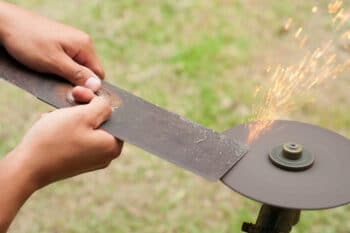
A well-maintained lawn mower is key to a healthy and beautiful North Texas lawn. Dull mower blades can cause jagged cuts to your grass, making it more susceptible to diseases and pests.
Sharpen your mower blades at least once a year, preferably before you begin your mowing season.
Use a grinder or a file to sharpen the blade while maintaining its original angle. Dull blades can also lead to uneven cuts, which can cause scalping. So, ensure to inspect the blade’s balance and straightness to avoid scalping.
Mowing the Lawn
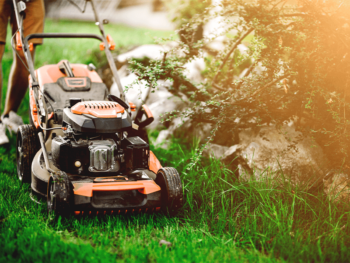 In North Texas, determining when to do your first mow in spring depends on the growth of the grass and weather conditions. As temperatures begin to rise and the grass starts to actively grow, it is generally recommended to wait until the grass reaches a height of around 3 to 4 inches before mowing for the first time.
In North Texas, determining when to do your first mow in spring depends on the growth of the grass and weather conditions. As temperatures begin to rise and the grass starts to actively grow, it is generally recommended to wait until the grass reaches a height of around 3 to 4 inches before mowing for the first time.
This allows the grass to establish robust root systems. Typically, this occurs in mid to late March or early April. However, it’s important to note that the timing may vary depending on the specific grass type in your lawn and the weather conditions during the season.
It’s always best to visually assess your lawn’s growth and consult local lawn care professionals or resources for more accurate timing recommendations. Let us handle the mowing for you with our full-service lawn care.
Apply Lawn Fertilization
As spring approaches, your lawn will benefit from a well-timed fertilization. North Texas soils often lack essential nutrients like nitrogen and potassium. Choose a slow-release fertilizer specifically formulated for North Texas lawns.
Apply it according to the product’s instructions for optimal results. Slow-release fertilizers provide a steady supply of nutrients over time, promoting gradual and sustained growth. Avoid over-fertilizing, as it can lead to excessive top growth and weaken the turf.
Read one of our other helpful articles about when and how to apply fertilizer for your lawn in the spring.
For help in DFW from Ryno Lawn Care, visit our lawn fertilization and weed control service page.
Pre-Emergent Application
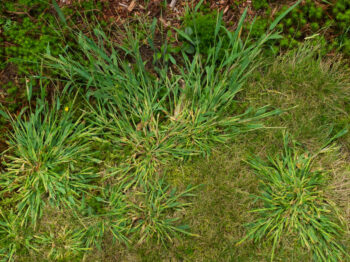
Pre-emergent herbicides are used to control the emergence of warm-season weeds in your lawn. Here in North Texas, applying pre-emergent twice a year is vital for successful crabgrass control.
Pre-emergents should be applied once in late winter (end of February) to early spring, around March, and in the fall, around September.
These are the times when the weed seeds are beginning to germinate. Use a good-quality pre-emergent and apply it evenly over your lawn according to the manufacturer’s instructions.
Pre-emergent herbicides are effective when applied evenly and penetrated up to an inch into the soil.
Install Sod
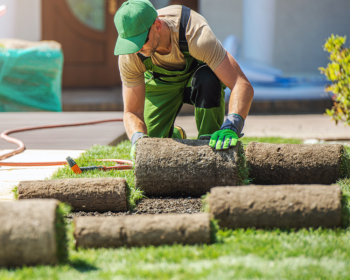 North Texas lawns often suffer from bare patches and thin spots caused by winter dormancy and foot traffic. Early spring is an ideal time for installing sod to rejuvenate your lawn.
North Texas lawns often suffer from bare patches and thin spots caused by winter dormancy and foot traffic. Early spring is an ideal time for installing sod to rejuvenate your lawn.
To properly install sod, start by preparing the soil by removing any existing grass, weeds, rocks, and debris, then level and compact the soil with a roller or hand tamper before laying the sod.
Lay the sod in a staggered pattern, ensuring tight and uniform seams between each piece, and water it immediately after installation, keeping the sod consistently moist for the first two weeks to encourage root establishment. Check out our sod installation service page.
Irrigation Checks and Management
Proper irrigation is critical for maintaining a healthy lawn, especially in North Texas, where drought conditions are common. As the warmer days approach, adjust your irrigation schedule to meet the changing needs of your lawn.
Water deeply and infrequently to encourage deep root development. Invest in a smart irrigation controller that adjusts watering times based on weather conditions to ensure efficient water use.
Conclusion
Late winter/early spring is an important time for North Texas homeowners to prepare their lawns for the upcoming season. By following these specific lawn care tips, you will address the region’s unique soil and climate conditions and promote a vibrant and healthy lawn.
A healthy lawn requires a combination of proper care and maintenance. By taking care of your lawn and addressing its unique needs, you will enjoy the beautiful and lush landscape that North Texas can provide.

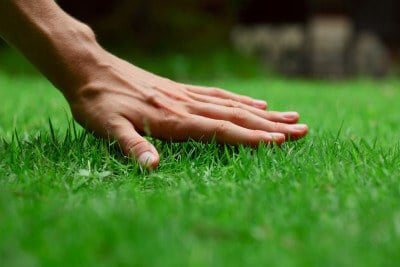

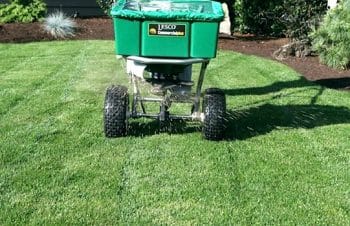
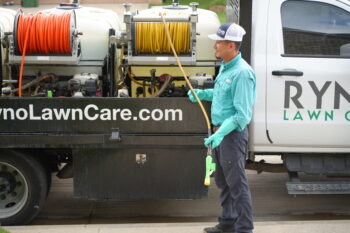

3 Responses
I live in Tennessee and even though we’re currently getting some pretty nasty weather… February is usually the signal that Spring will be here very soon (thank God!).
I am going to print these PDFs out and use them around the house here & at my dad’s house. Is it ok to hand these out to some of my friends as well? They’ll need some Spring lawn care tips too.
Thanks for the post!
This is great advice for my spring planting. I can’t wait to get started on it.
I absolutely love gardening and it is one of my favorite hobbies, but maintaining it can be a little difficult at times. The tips you shared seem very applicable and I will surely use them. Thank you for sharing!